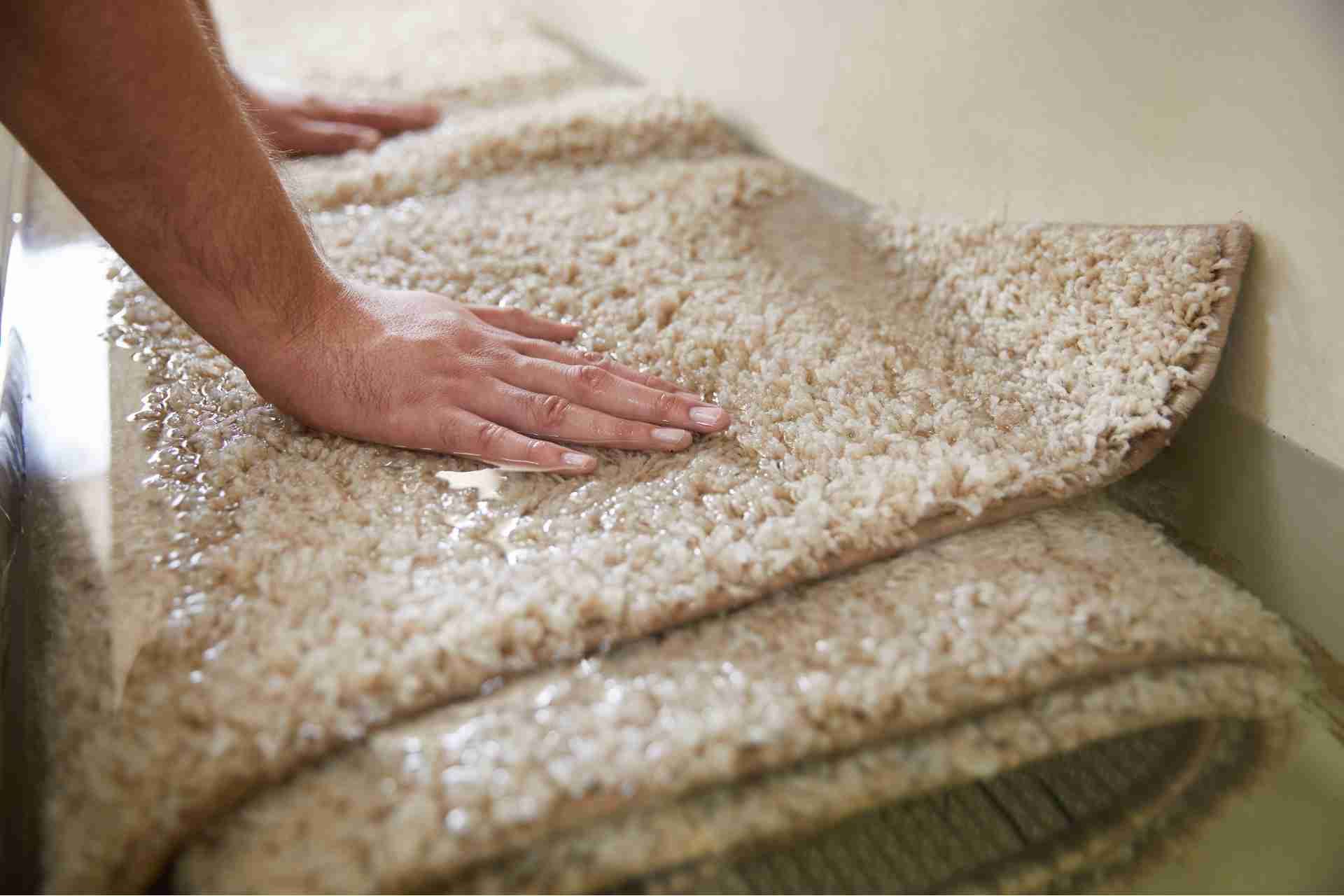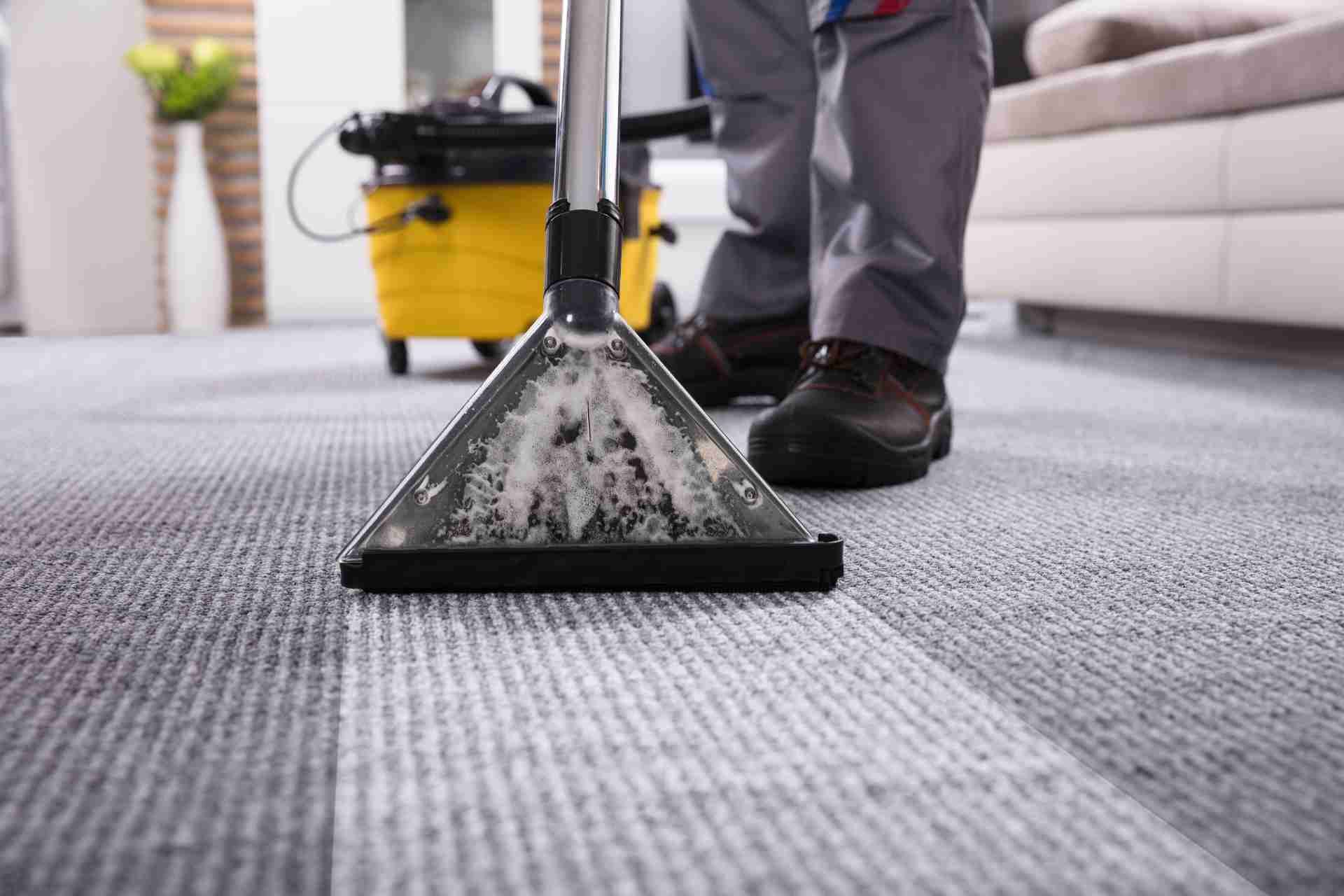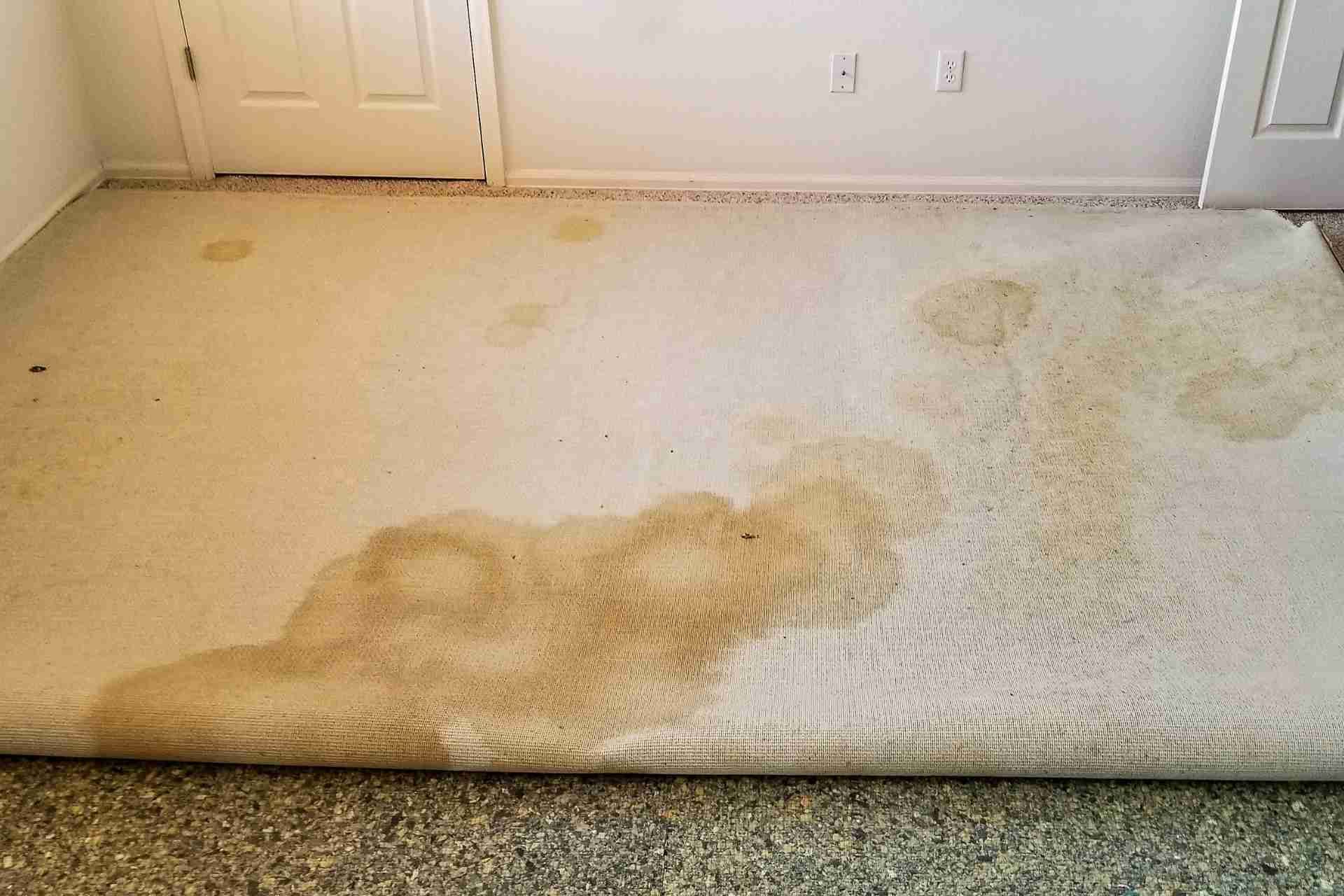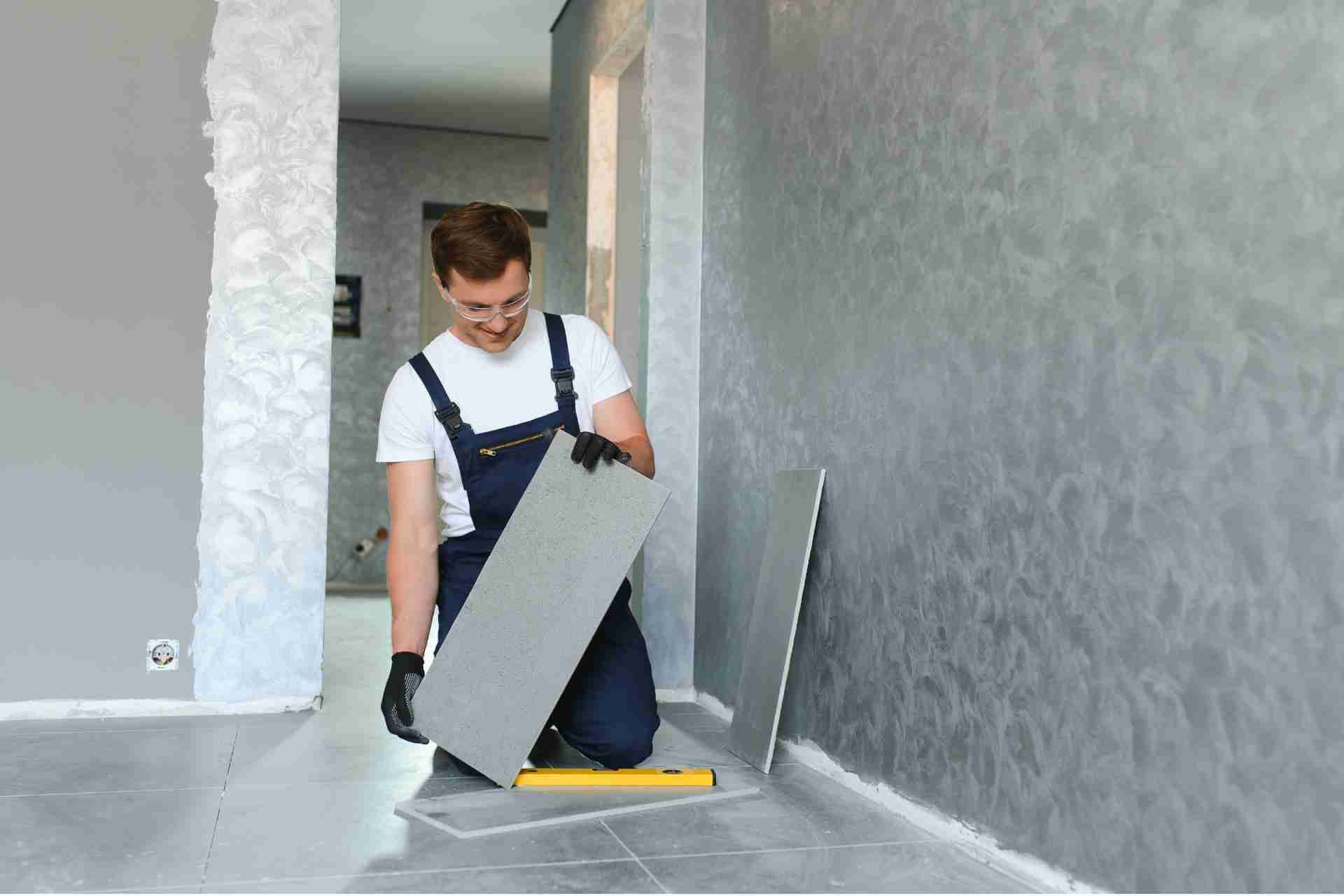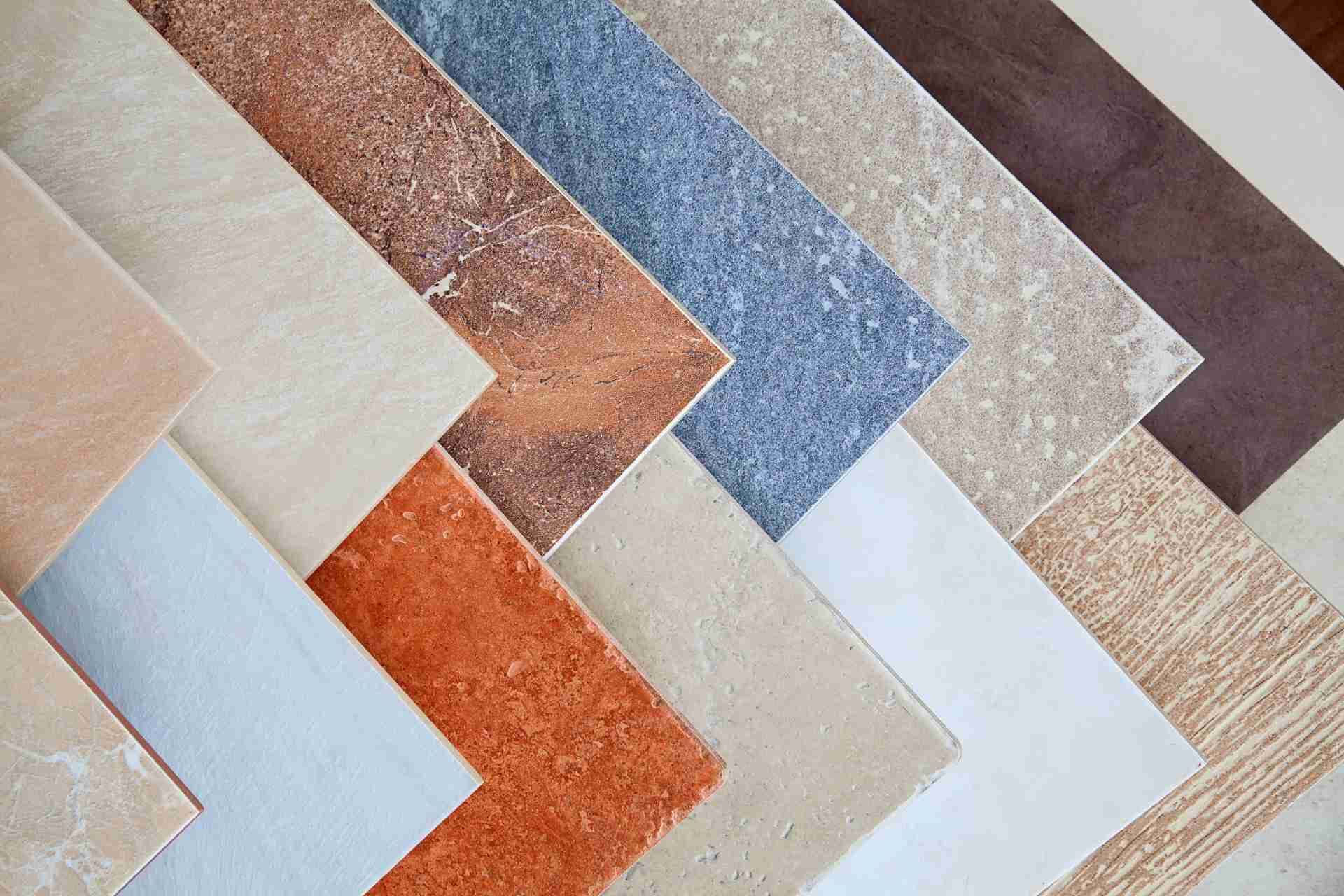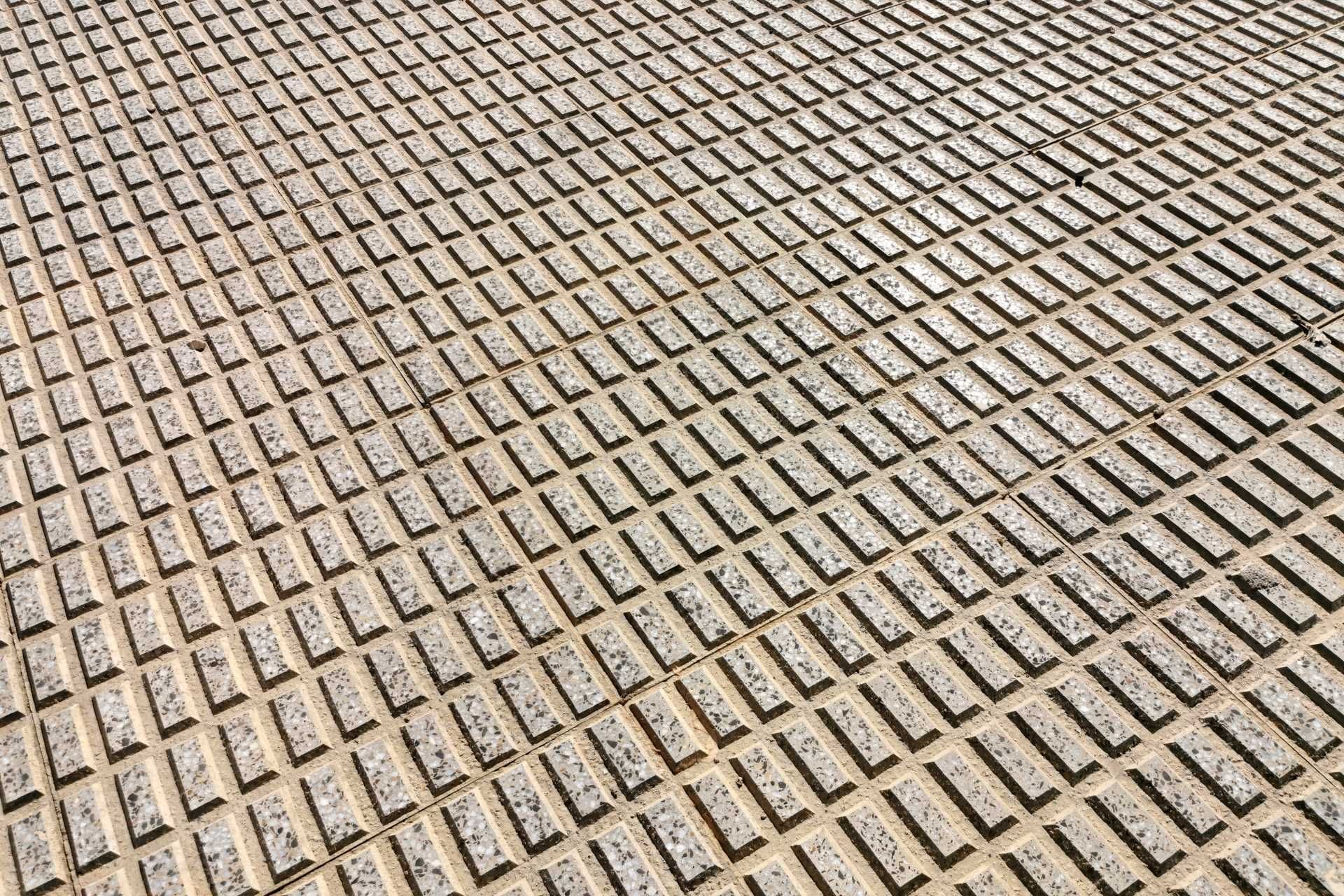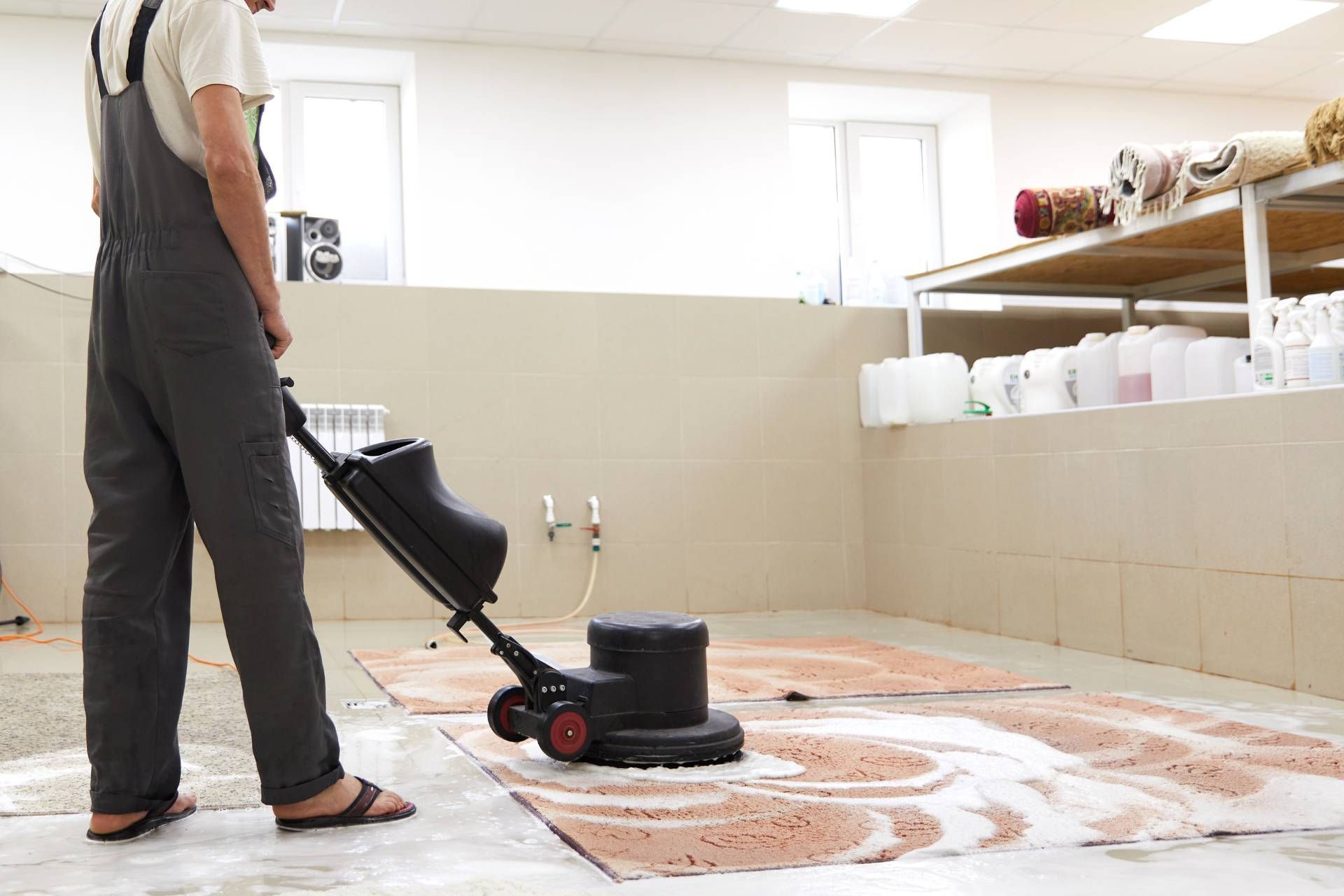Steam vs. Dry Carpet Cleaning: Which Method Is Right for Your Home
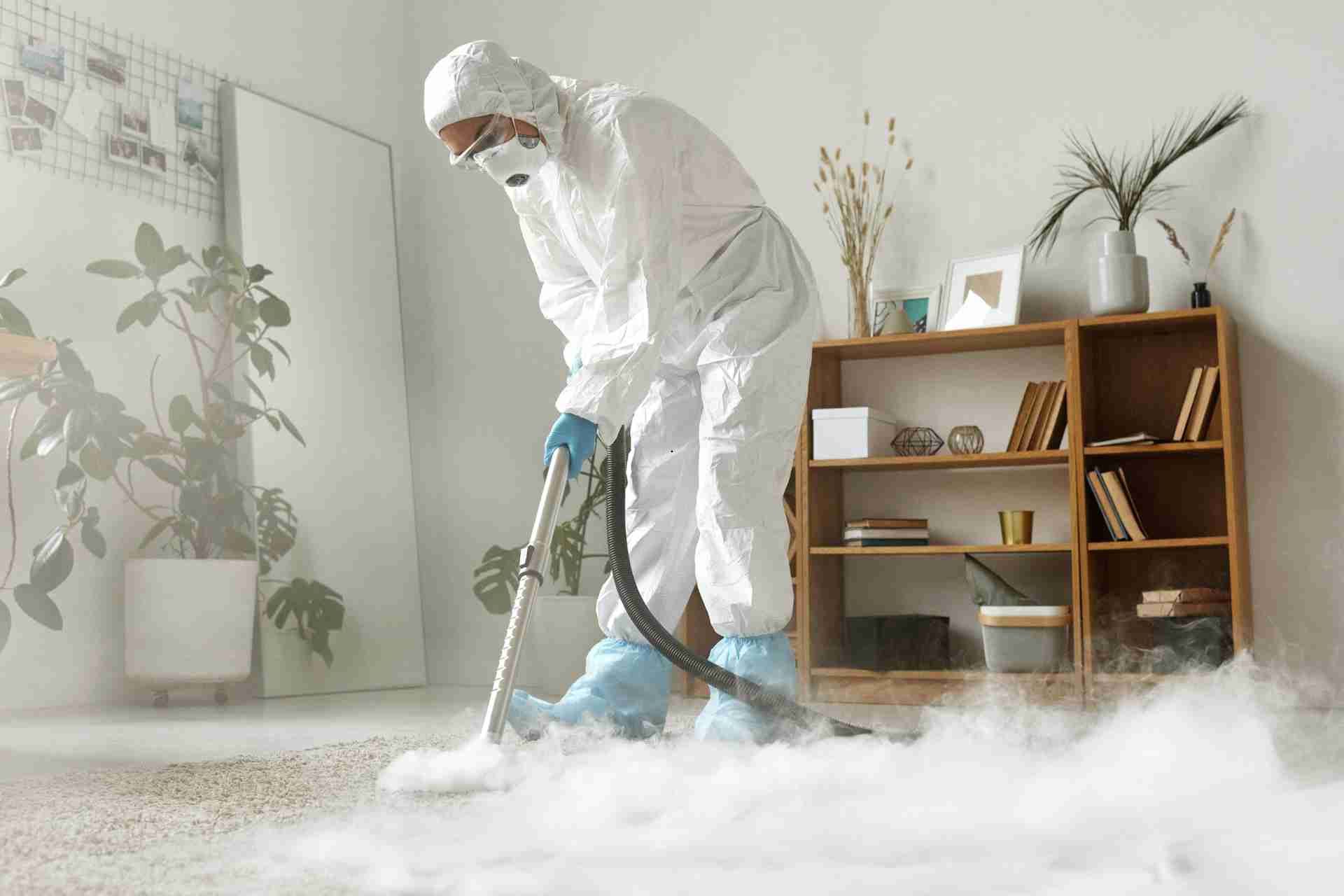
When it comes to carpet cleaning, choosing between steam and dry methods can be a challenge. Each technique has its own strengths and weaknesses, depending on your carpet type and cleaning needs. You might find yourself wondering which method will leave your carpets looking fresh while also fitting your lifestyle. Let’s explore the details behind each approach, so you can make an informed decision for your home.
Understanding the Basics of Carpet Cleaning Methods
When it comes to keeping your carpets fresh and clean, understanding the basics of carpet cleaning methods is essential.
You’ve likely heard of various techniques, like dry cleaning and steam cleaning, but knowing how they differ can help you make informed choices.
Dry cleaning uses chemical solvents to lift dirt without moisture, making it a quick option with minimal drying time.
On the other hand, traditional shampooing involves applying a wet solution to loosen dirt, but it can leave residues if not rinsed properly.
Another method, encapsulation, utilizes polymers to trap dirt for easy vacuuming.
Knowing these methods equips you to select the right one for your carpet type and your lifestyle, ensuring your home stays inviting and hygienic.
The Steam Cleaning Process Explained
Although steam cleaning is often considered one of the most effective carpet cleaning methods, understanding its process can help you achieve the best results.
First, you'll need a steam cleaner that heats water to create steam. Begin by vacuuming your carpet to remove loose dirt and debris.
Next, fill the steam cleaner's reservoir with water and add any recommended cleaning solution. Once the machine reaches the proper temperature, you’ll guide it over the carpet, allowing the steam to penetrate and loosen dirt, stains, and allergens.
After steaming, the cleaner will extract the moisture along with the dirt.
Finally, let your carpet dry completely before walking on it. This process leaves your carpet clean, fresh, and revitalized.
The Dry Cleaning Process Explained
While steam cleaning requires moisture, the dry cleaning process offers a different approach that’s ideal for delicate carpets and quick touch-ups. Instead of water, this method utilizes specialized cleaning compounds or solvents that absorb dirt and stains. The process begins with applying a dry cleaning solution, followed by agitation to help lift dirt. Finally, a vacuum removes the residue, leaving your carpet clean and dry in no time.
Here's a quick comparison of the dry cleaning process:
Step Description
|---------------------|-------------------------------------------|
Application Apply dry cleaning solution evenly
Agitation Use a brush or machine to lift dirt
Residue Removal Vacuum to extract cleaning compound
Drying Carpet is ready to walk on immediately
Pros and Cons of Steam Cleaning
Steam cleaning offers a powerful alternative to dry cleaning, especially for tackling deep-set dirt and allergens. One major pro is its ability to sanitize carpets using high temperatures, effectively killing bacteria and dust mites.
You'll appreciate how it removes stubborn stains and odors, leaving your carpets looking fresh. Additionally, steam cleaning uses less detergent, making it an eco-friendly choice.
However, there are some cons to consider. The process can take longer to dry, sometimes up to 24 hours, which might be inconvenient.
If not done properly, excess moisture can lead to mold growth. Plus, steam cleaning may not be suitable for all carpet types, especially those made from delicate fibers.
Weigh these factors carefully to determine if it's right for your home.
Pros and Cons of Dry Cleaning
When you need a quick and effective carpet cleaning solution, dry cleaning methods can be a great option. One of the main advantages is the rapid drying time; your carpets can be ready for use almost immediately.
Additionally, dry cleaning often requires less water, making it suitable for delicate fabrics and reducing the risk of mold or mildew.
However, there are some downsides. While it’s great for surface dirt, it mightn't penetrate deeply enough to remove stubborn stains. The chemicals used can sometimes leave a residue, and if you have allergies, this could be a concern.
Factors to Consider When Choosing a Method
As you consider which carpet cleaning method to choose, several factors can influence your decision. Think about your carpet type, how much foot traffic you get, and your budget. Some methods may work better for specific materials or stains.
Factor Consideration
|--------------------------|-------------------------------------|
Carpet Type Is it synthetic or natural fiber?
Stain Level Are there tough stains to address?
Drying Time How soon do you need the carpets?
Cost What's your budget for cleaning?
Tips for Maintaining Clean Carpets After Professional Cleaning
To keep your carpets looking fresh and clean after a professional cleaning, it's essential to adopt some simple maintenance habits.
First, vacuum regularly—aim for at least once a week—to remove dirt and debris that can settle in. When spills occur, tackle them immediately with a clean cloth to blot, not rub, the stain. Avoid using harsh chemicals; instead, opt for mild solutions or water.
Consider placing mats at entryways to trap dirt before it reaches your carpets. Additionally, rearranging furniture occasionally can prevent uneven wear.
Lastly, don’t forget to schedule regular professional cleanings every 6 to 12 months to maintain the carpet's integrity.
Conclusion
In choosing between steam and dry carpet cleaning, it really comes down to your carpet type and cleaning needs. If you're dealing with deep stains and allergens, steam cleaning's your best bet, even if it takes longer to dry. On the other hand, if you need a quick refresh for delicate fabrics, dry cleaning is the way to go. Whichever method you choose, regular maintenance will keep your carpets looking their best and your home inviting.

